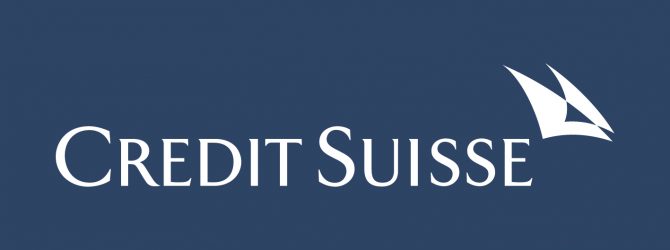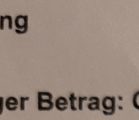
Bernstein expects Credit Suisse 2017 cap hike, no Swiss unit listing
Credit Suisse could opt for a 5 billion Swiss franc ($4.9 billion) capital increase instead of floating a minority stake of its Swiss business, Bernstein analysts predicted in a note on Thursday.
Such a move would make Credit Suisse the latest major European bank to tap the market for cash following recent capital hikes by Deutsche Bank (DBKGn.DE) and UniCredit (CRDI.MI).
Credit Suisse faces a 6.4 billion franc shortfall to reach a 14 percent CET1 ratio of which Swiss peer UBS (UBSG.S) is just shy and that European rival Deutsche Bank expects to achieve with its upcoming cash call, Bernstein analysts wrote. A bank's Common Equity Tier 1 (CET1) ratio is a closely-watched measure of balance sheet strength.
To boost its balance sheet, Credit Suisse has said it plans to raise up to 4 billion francs by selling 20 to 30 percent of its Swiss Universal Bank (SUB) in an initial public offering.
However, Bernstein analysts expect Credit Suisse will instead issue new shares at group level.
"Post Q4 results, CS has clearly signaled that they're shying away from a SUB listing. That leaves you with a rights issue which we model in for this year," analysts Chirantan Barua, Mark Burrows and Daniel Lasry wrote.
Asked for comment, the bank referred to remarks by Chief Executive Tidjane Thiam last month when he said Credit Suisse was still preparing for the IPO but left the door open to alternative options to strengthen the group's balance sheet.
Chief Financial Officer David Mathers said on Wednesday the bank is looking at the merits of going ahead as planned with the IPO.
Zurich-based Credit Suisse is currently targeting a CET1 ratio of more than 13 percent by 2019, for which the bank faces a shortfall of around 3.7 billion francs, Bernstein wrote.
Under Thiam, who joined the bank almost two years ago, Credit Suisse already raised around 6 billion francs at the end of 2015 through a rights offering and a private placement.



